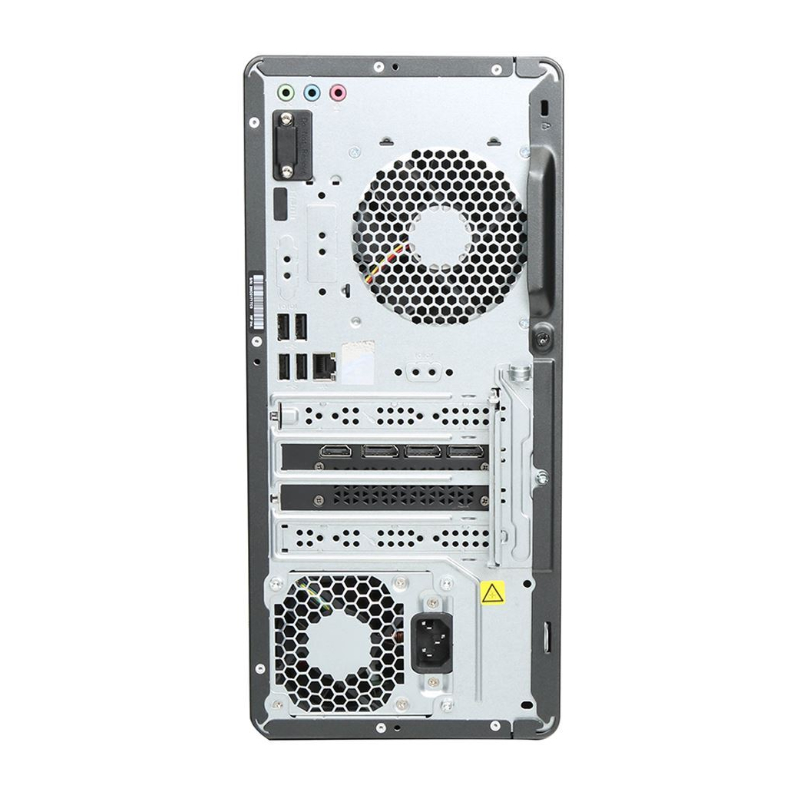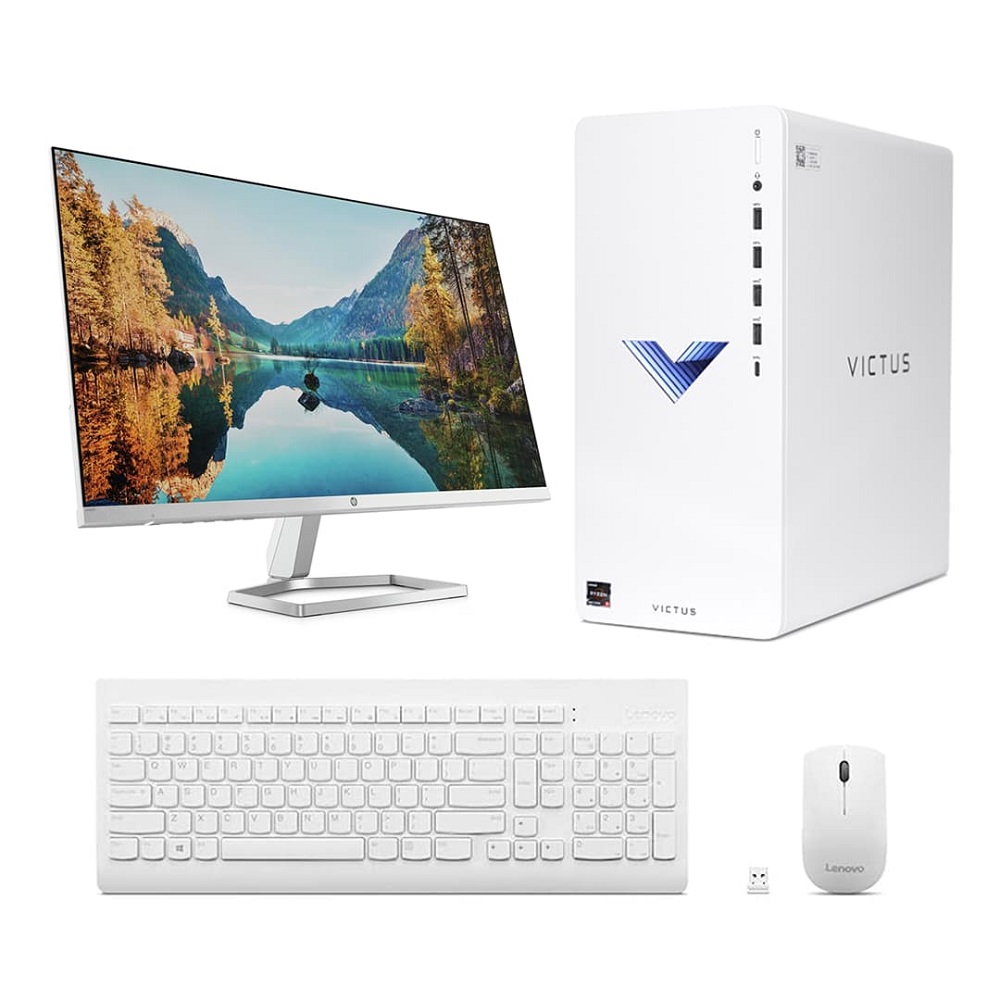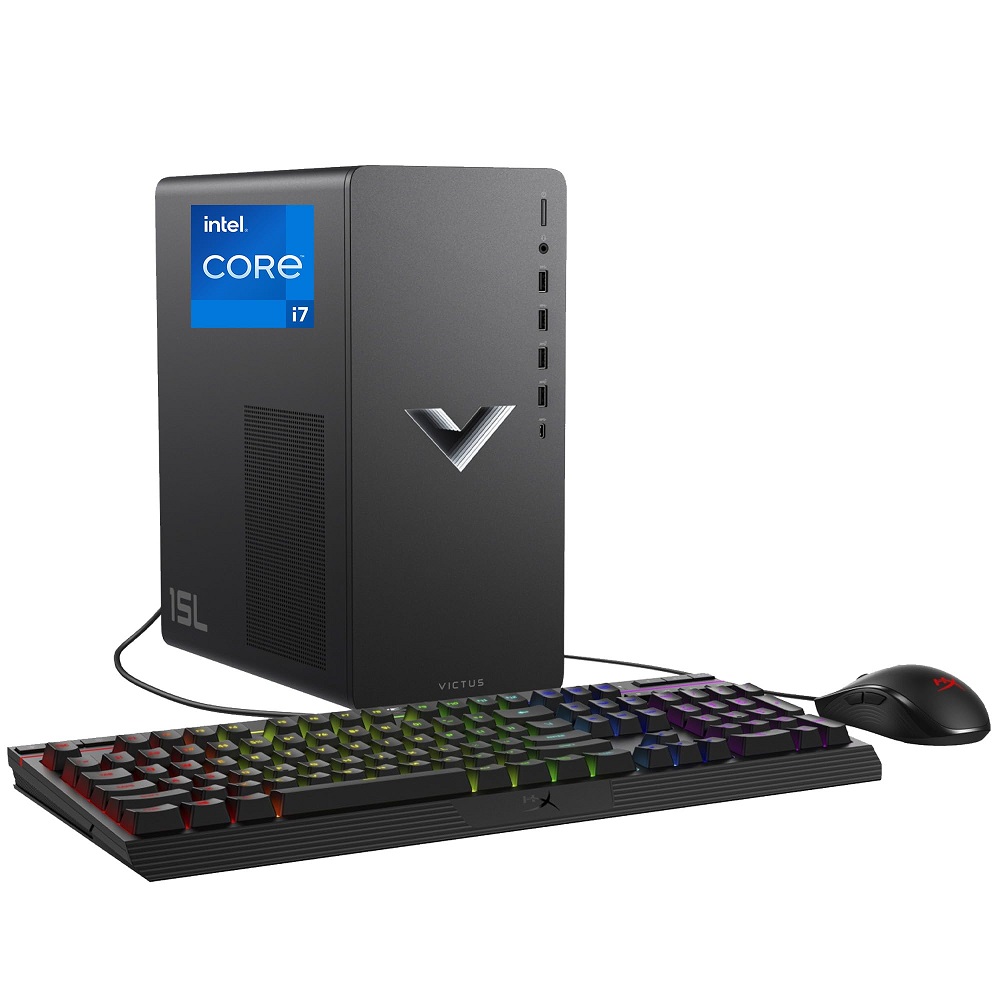The HP Victus Desktop is a powerful machine designed to deliver high performance for gaming, productivity, and creative tasks. However, to truly unleash its potential, you must set it up correctly. This guide provides essential tips to ensure your HP Victus Desktop delivers optimal performance, from the initial setup to ongoing maintenance.
Initial Setup
Unboxing and Physical Setup
The first step in setting up your HP Victus Desktop involves unboxing the components carefully. Make sure you have all required elements, including the desktop tower, monitor, keyboard, mouse, and power cables. Inspect each item for any physical damage.
Place your desktop on a flat, stable surface with enough ventilation. Avoid placing it in a confined space to prevent overheating. Ensure that all cables are connected securely, including the power cable, monitor cable, and any peripheral devices. Proper physical setup is crucial for the smooth functioning of your system right from the start.
Initial Power-Up and Configuration
Once your HP Victus Desktop is physically set up, power it on to begin the initial configuration. Follow the on-screen instructions to set your preferred language, region, and keyboard layout. Connect to a stable Wi-Fi network and sign in with your Microsoft account or create a new one.
It’s also essential to name your device and set up any security features, such as fingerprint or facial recognition, if supported. Initial configuration ensures that your system is personalized to your preferences and ready for use. Completing the initial setup accurately sets the foundation for a smooth and efficient experience.

Updating Software and Drivers
Updating Windows
Keeping your operating system up to date is vital for security, stability, and performance. Once your HP Victus Desktop is set up, check for any available Windows updates. Go to Settings > Update & Security > Windows Update and click on “Check for updates.”
Installing the latest updates ensures that your system has the most recent security patches and performance improvements. Regularly checking for updates keeps your operating system optimized and protected against vulnerabilities. Updating Windows enhances both security and operational efficiency.
Installing Driver Updates
Drivers are essential software that allows your computer’s hardware to communicate effectively with the operating system. Outdated drivers can cause performance issues and hardware malfunctions. Use the HP Support Assistant or visit the HP website to download and install the latest drivers for your Victus Desktop.
Key drivers to update include those for the graphics card, network adapter, and motherboard chipset. Up-to-date drivers ensure that all hardware components function correctly and at their best performance levels. Regular driver updates are crucial for maintaining optimal functionality and compatibility.

Optimizing Performance Settings
Adjusting Power Settings
Power settings can significantly impact your HP Victus Desktop’s performance and energy consumption. Go to Settings > System > Power & sleep and select “Additional power settings.” Choose the “High performance” plan to prioritize performance over energy savings.
For gaming or heavy computing tasks, the high-performance setting ensures that your system utilizes maximum power for optimal performance. Adjusting power settings based on your usage needs balances energy efficiency and performance. Proper power management enhances the overall responsiveness of your system.
Managing Startup Programs
Startup programs can slow down your system’s boot time and consume resources unnecessarily. To manage startup programs, press Ctrl + Shift + Esc to open Task Manager, navigate to the Startup tab, and disable any non-essential programs by right-clicking and selecting “Disable.”
Reducing the number of startup programs ensures that your system boots up quickly and resources are available for critical applications. Identifying and disabling unnecessary startup programs optimizes system performance and reduces boot times. Efficient startup management contributes to a smoother and faster computing experience.
Enhancing Graphics and Gaming Performance
Graphics Card Settings
The HP Victus Desktop is equipped with powerful graphics cards that can be further optimized through software settings. For NVIDIA graphics cards, use the NVIDIA Control Panel; for AMD cards, use the Radeon Software. Adjust settings such as resolution, refresh rate, and 3D settings to match your gaming or application requirements.
Enabling features like G-Sync or FreeSync can reduce screen tearing and improve visual experience. Customizing graphics settings allows you to balance visual quality and performance based on your preferences. Optimizing graphics card settings ensures a superior visual experience and enhances gaming performance.
Game Optimization Tools
There are several tools available to optimize game performance on your HP Victus Desktop. NVIDIA and AMD both offer software solutions (GeForce Experience and Radeon Software, respectively) that optimize in-game settings based on your system’s hardware capabilities.
Enabling game mode in Windows settings also dedicates more system resources to your game. These tools automatically adjust settings to ensure the best possible performance and visual quality. Utilizing game optimization tools maximizes your hardware’s potential and provides a better gaming experience.

Maintaining System Health
Regular Cleaning and Dust Management
Dust accumulation can negatively affect your HP Victus Desktop’s performance and lifespan. Regularly clean the interior and exterior of your desktop using compressed air to remove dust from vents, fans, and components. Ensure your system is powered off and unplugged before cleaning.
Proper dust management helps maintain optimal cooling and prevents overheating, which can lead to hardware failures. Regular cleaning ensures that airflow remains unobstructed and components function efficiently. Maintaining cleanliness is vital for the long-term health and stability of your system.
Monitoring System Performance
Monitoring your system’s performance can help you identify and resolve potential issues early. Utilize built-in tools like Task Manager and Resource Monitor to keep an eye on CPU, GPU, memory, and disk usage. For more advanced monitoring, you can use third-party software like HWMonitor or MSI Afterburner.
Regularly checking system performance helps you identify resource-draining applications and potential hardware issues. Monitoring performance metrics ensures that your system operates within optimal parameters and allows for timely troubleshooting. Proactive monitoring helps maintain consistent performance and system health.
Software Tips and Security
Installing Essential Software
Once your HP Victus Desktop is set up and optimized, install essential software that suits your needs. This can include productivity tools like Microsoft Office, creative software like Adobe Creative Suite, and gaming platforms like Steam or Epic Games Store. Ensure all installed software is from reputable sources to avoid security risks.
Quality software enhances your productivity, creativity, and entertainment while aligning with your usage goals. Selecting and installing essential software helps you make the most of your system’s capabilities. Tailored software choices enhance your overall user experience.
Implementing Security Measures
Security is crucial for protecting your data and system integrity. Ensure that you have a reliable antivirus program installed and keep it updated. Windows Defender is a good built-in option, but there are other reputable third-party solutions available as well.
Enable Windows Firewall and consider using a VPN for secure internet browsing. Regularly update all software to patch vulnerabilities and use strong, unique passwords for sensitive accounts. Implementing robust security measures protects your system and data from malicious threats. Prioritizing security ensures peace of mind and safe computing.
Conclusion
Setting up your HP Victus Desktop for optimal performance involves a series of carefully considered steps, from the initial unboxing to ongoing maintenance. By updating software and drivers, optimizing performance settings, enhancing graphics capabilities, maintaining system health, and implementing robust security measures, you can ensure that your HP Victus Desktop operates at its best. Following these tips helps you get the most out of your powerful machine, providing a smooth, efficient, and enjoyable computing experience tailored to your needs.
